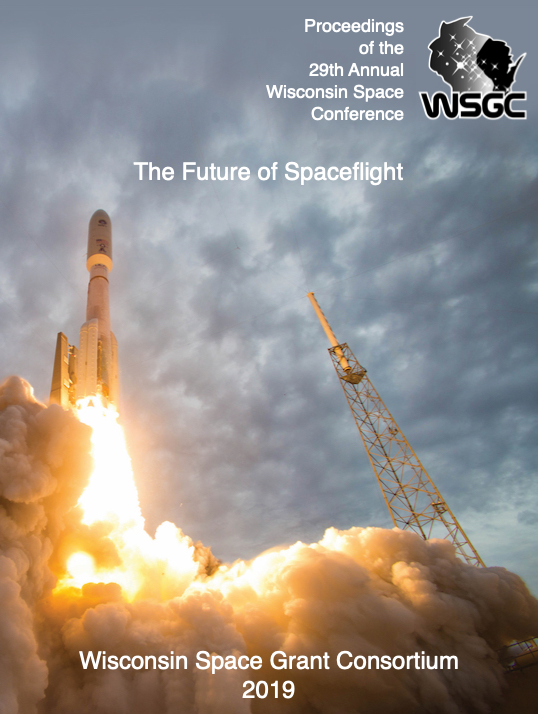The Evolution and Growth of Nearby Galaxy Groups
DOI:
https://doi.org/10.17307/wsc.v1i1.282Keywords:
Galaxies, Galaxy Groups, Galaxy Evolution, Local Universe, Group Enviroment, Optical Astronomy, SDSS, Color-Magnitude Diagram, Color-Mass Diagram, Galaxy SequenceAbstract
To determine how galaxy groups grow and individual galaxies evolve in the local universe, this project used 19 high-richness, high-mass galaxy groups at z < 0.1 from the Berlind et al. 2006 paper to study the nearby group environment through its optical properties. Using position, g-r color, and r-band absolute magnitude data, the shapes, luminosities, and colors of each member galaxy was mapped in group combination plots and an inter-group color-magnitude diagram of all 477 sample galaxies. These figures show that members of the high-mass group environment trend towards redness where the most luminous members of each galaxy group are found to be red. Both findings are consistent with previous predictions of the group environment’s bias towards red elliptical galaxies. Future work using optical properties and the galaxy sequence will be crucial to identify galaxies in groups undergoing evolutionary change as potential indicators of a changing group environment.References
Angthopo, J., Ferreras, I., & Silk, J. (2019). Exploring a new definition of the green valley and its implications . Monthly Notices of the Royal Astronomical Society: Letters, 488(1), L99–L103. doi: 10.1093/mnrasl/slz106
Berlind, A. A. et al. (2006). Percolation Galaxy Groups and Clusters in the SDSS Redshift Survey: Identification, Catalogs, and the Multiplicity Function. The Astrophysical Journal Supplement Series , 167(1), 1–25. doi: 10.1086/508170
Cooray, A. (2005). A divided Universe: red and blue galaxies and their preferred environments. Monthly Notices of the Royal Astronomical Society, 363(1), 337–252. doi: 10.1111/j.1365-2966.2005.09457.x
Dariush, A. A. et al. (2010). The mass assembly of galaxy groups and the evolution of the magnitude gap. Monthly Notices of the Royal Astronomical Society, 405(3), 1873–1887. doi: 10.1111/j.1365-2966.2010.16569.x
Eales, S. A. et al. (2018). The causes of the red sequence, the blue cloud, the green valley, and the green mountain . Monthly Notices of the Royal Astronomical Society, 481(1), 1183–1194. doi: 10.1093/mnras/sty2220
Freeland, E., Stilp, A., & Wilcots, E. (2009). H I Observations of Five Groups of Galaxies. The Astronomical Journal , 138(1), 295–304. doi: 10.1088/0004-6256/138/1/295
Hubble, E. P. (1926). Extra-galactic nebulae. Contributions from the Mount Wilson Observatory / Carnegie Institution of Washington. 324, 1926, pp. 1–49
National Research Council, & Panel on Galaxies Across Cosmic Time. (2011). Report of the Panel on Galaxies Across Cosmic Time. In Panel Reports—New Worlds, New Horizons in Astronomy and Astrophysics. doi: 10.17226/12982
Tempel, E., Tuvikene, T., Kipper, R., & Libeskind, N. I. (2017). Merging groups and clusters of galaxies from the SDSS data. Astronomy & Astrophysics (A&A), 602. doi: 10.1051/0004-6361/201730499
Wright, E. L. (2006). A Cosmology Calculator for the World Wide Web. The Publications of the Astronomical Society of the Pacific, 118(850), 1711–1715. doi: 10.1086/510102
Downloads
Published
How to Cite
Issue
Section
License

This work is licensed under a Creative Commons Attribution-NonCommercial 4.0 International License.

